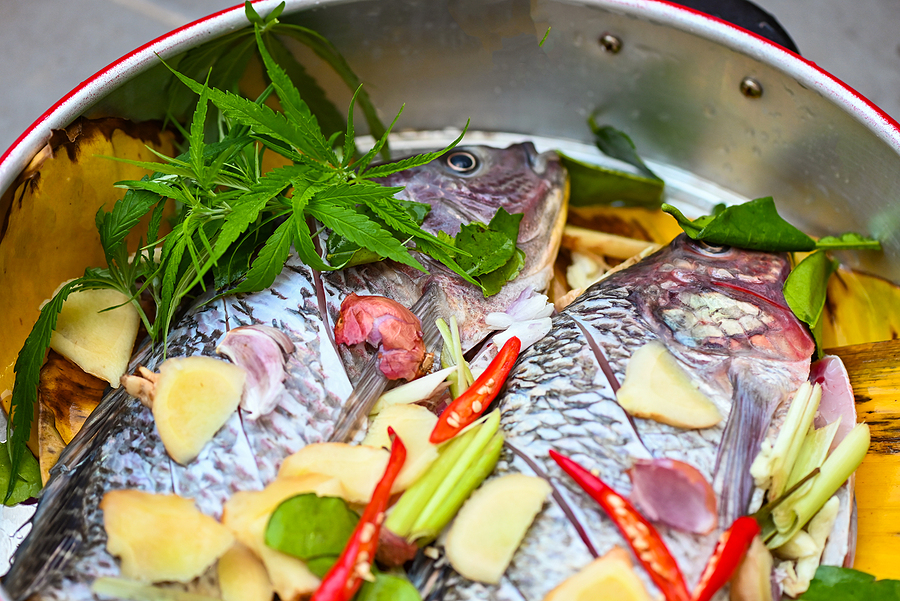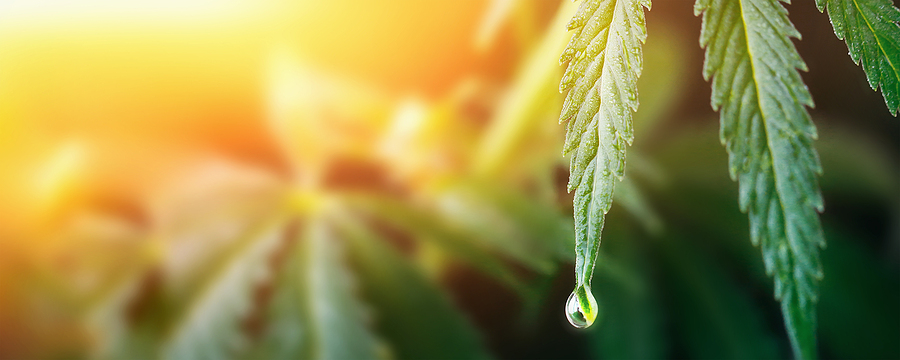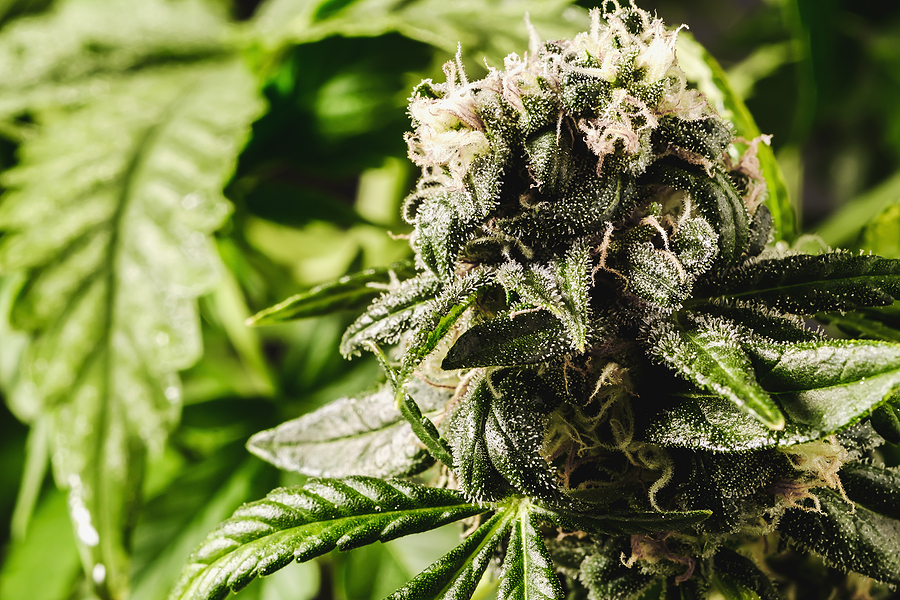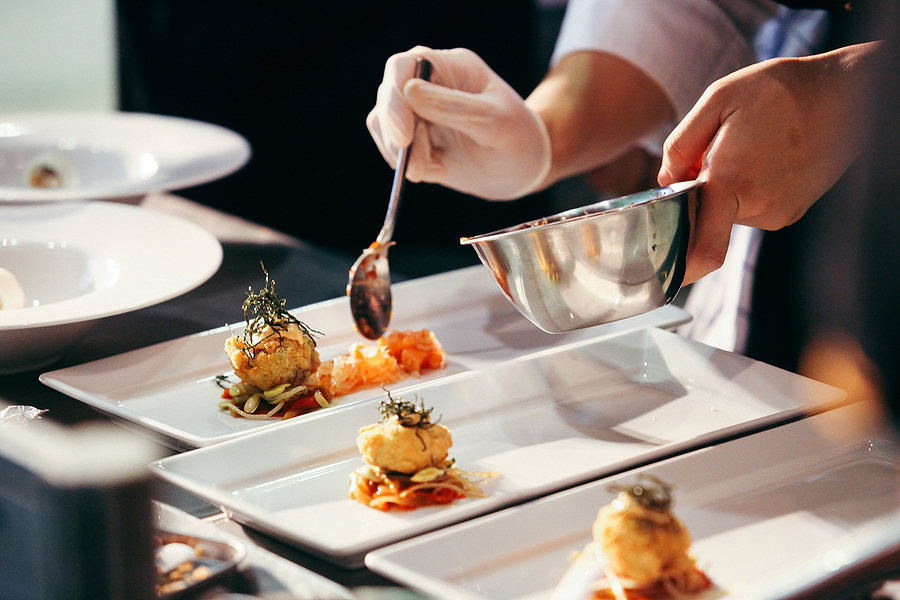Before the recent slew of cannabis legalizations across North America, people tended to enjoy their cannabis behind closed doors. And as such, there was little wiggle room for innovation.
Now, cannabis enjoys legal status in 23 states (and the entirety of Canada). And alongside that newfound status comes a newfound spirit of experimentation. Leading the forefront in these experiments are world-class chefs, gourmands and foodie cannabis users keen to transpose their favorite terpene profiles into cutting-edge dishes.
This article explores everything you want to know about culinary cannabis. Grab a buddy, grab a bud, and let’s start cooking.
Caring for the Product
Table of Contents
Before you begin transforming cannabis flower into an edible meal, you need to know how to care for the product. Like any ingredient, cannabis requires proper storage and conditions to a) be safe for consumption and b) retain peak freshness, flavour and potency. This is essential for commercial manufacturers (like restaurants or food distributors) but equally important for the home cook.
Store your cannabis in a tightly sealed container out of the sun. Air and sun degrade cannabinoids relatively quickly. Next, maintain an ideal relative humidity (RH) between 58% and 62% using a two-way humidity packet from Bovedainc.com. Anything lower than 58% risks the flower drying and losing its terpene-rich trichomes; anything higher than 62% risks spoiling and mold contamination.
Decarboxylation
With a properly stored, sufficiently “sticky” product, you can move on to the most important step in culinary cannabis: decarboxylation.
Decarboxylation (decarb, for short) is the process of heating your cannabis to activate the cannabinoids in the flower (THC and CBD, notably) while preserving terpene flavor. When you smoke cannabis, the fire – and your lungs – take care of this process naturally. But for consumption, you need to be more methodical, heating the flower to between 200- and 245-degrees Fahrenheit for around half an hour. While water extraction is possible, most culinarians prefer using fats like butter or oil, since the THC and terpenes are particularly fat soluble.
Terpenes and Flavour Combinations
So, you’ve slowly heated your cannabis flower in butter for 35 minutes and tested the potency using a method at the link. Now comes the fun part, where you work the complex, rich flavours of cannabis into a dish.
This is the perfect time to talk more about terpenes, those natural chemical compounds that give cannabis (and several other botanicals) their distinctive taste and aroma. Terpenes come in various types and combinations. Some strains are heavy on limonene, a citrusy flavor that pairs well with white fish or chicken. Some strains have a strong pinene profile reminiscent of rosemary, which provides a winning backbone to rich ragu sauces for pasta. The mango-like scent of myrcene pairs well with desserts like coconut flan. And the peppery caryophyllene adds zest to curries or tacos.
As you add your terpene-rich fats to various dishes, take care to add it at the end, removed from the heat. Remember, you don’t want to blast those fragile cannabinoids with heat after you took so much care to extract them. You can also sprinkle some raw, crumbled flower on the finished product; it won’t have any psychoactive potential, but the terpenes will still add a fresh zest to the finished product.
Give culinary cannabis a try, and experiment until you find combinations you like. As a final disclaimer, please take sharing and transparency seriously: if you’re serving your food to guests, let them know what potency and quantities to expect. You should never blindside someone with an innocent-looking yet psychoactive meal. Happy cooking!
Image Source: BigStockPhoto.com (Licensed)
Site Disclaimer
Marijuana is a Controlled Substance under the Controlled Substance Act (21 U.S.C. 802) (“CSA”) and the cultivation, distribution, and possession of marijuana is a crime under federal law. Keep all marijuana and marijuana products out of reach of children and animals. Intoxicating effects of marijuana and marijuana products may be delayed. Use of marijuana while pregnant or breastfeeding may be harmful. Consumption of marijuana and marijuana products impairs your ability to drive and operate machinery, please use extreme caution.
Related Categories: Marijuana, Cooking, Reviews







